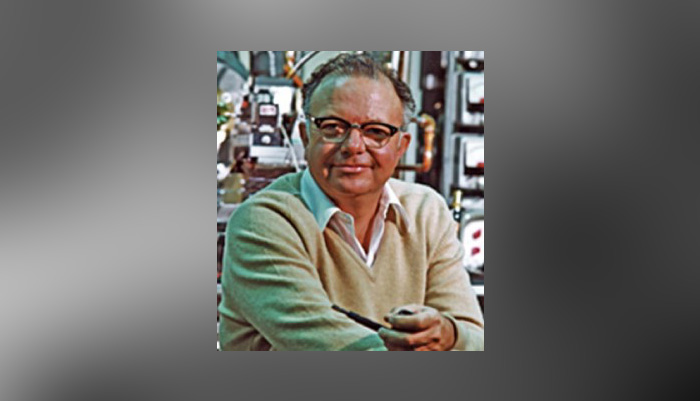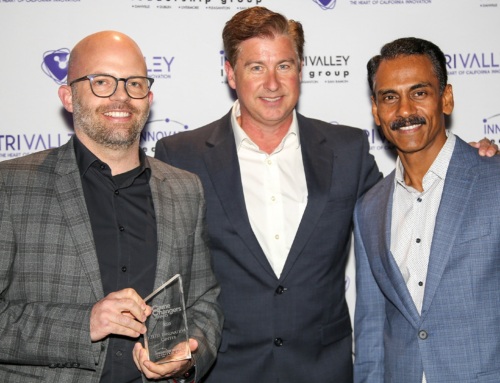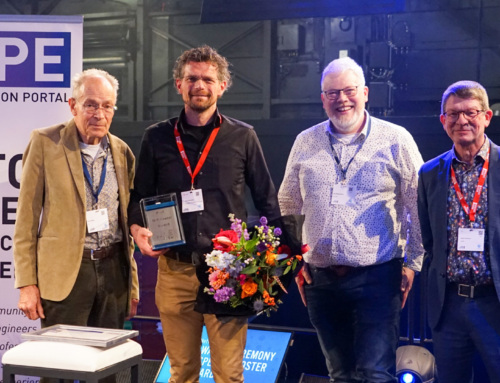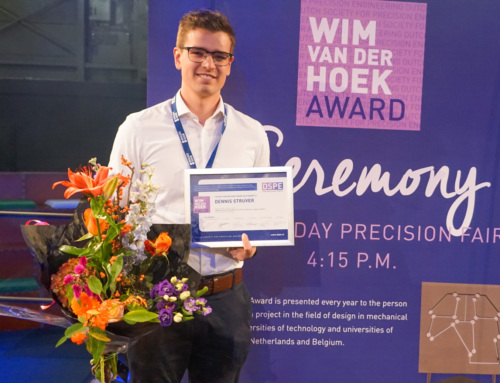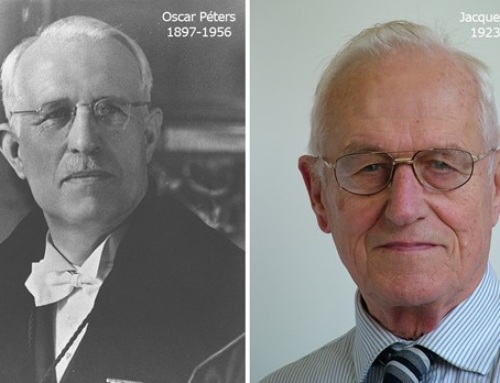(Cranfield, U.K., 14th August 2015) Sometimes, a particular figure in a certain community is of such an influence that their passing is universally recognized as a massive loss on a personal, intellectual, and industry level. Such is the case with the passing of Jim Bryan, a man of such stature in the precision engineering sector, that his passing on June 28th 2015 has led to a spontaneous and widespread recognition of his enormous influence.
James Bevan Bryan was born in 1926, and was a founding member of the American Society for Precision Engineering. After a distinguished period of service in the U.S. Merchant Marines 1944-50, Jim graduated with a degree in Industrial Engineering from the University of California, Berkeley in 1951. He went on to work with the Westinghouse Electrical Corporation, before starting work at the Lawrence Livermore National Laboratory in 1955 under the Nobel Laureate Ernest O. Lawrence. He stayed here for over 30 years, and at the time of his retirement in 1986 he was the Group Leader of the Metrology Group.
Jim was associated with — and received numerous awards from — an array of industry bodies, becoming an SME Charter Fellow in 1986, receiving an ASPE Lifetime Achievement Award in 1991, and ASME Dedicated Service Award in 1995, the ASME/SEM M. Eugene Merchant Manufacturing Medal in 2008, the CIRP General Pierre Nicolau Award in 2009, and was inaugurated into the LLNL Entrepreneurs’ Hall of Fame in 2015.
He was also closely involved with the activities of the European Society for Precision Engineering and Nanotechnology (euspen) receiving a euspen Lifetime Achievement Award in 2000 before becoming an Honorary Member in 2003.
Many associated with euspen either worked with or were touched by the huge impact that Jim had on the field of precision engineering, and indeed he was considered by many as the founder of what can be referred to as “modern precision engineering”. His euspen award in 2000 was presented for “his tireless promotion of precision engineering philosophies, principles, innovations, practices, and standards through research and teaching.” With his focus on metrology as applied to the precision engineering sector, his contributions were extensive and diverse.
Professor Pat McKeown, euspen Founding President shares his thoughts. “Jim had boundless enthusiasm for precision engineering, pushing forward its frontiers by innovation, establishing rules, use of accurate vocabulary and nomenclature, advancing standards, and encouraging especially young people to succeed in the field. He and I also shared interests in the history of precision engineering. Just after the CIRP General assembly in Berlin in 1990 (the Berlin Wall had just come down), Jim, Dr Erwin Loewen, myself and our wives drove to Jena to visit Zeiss in East Germany, and also to visit the museum devoted to Dr Ernst Abbe, the author of the fundamental and famous ‘Abbe Principle’ as applied to the design of high precision machines. Jim took many photographs of the Abbe monument. He had T-shirts printed with Abbe’s face and name. They featured for several years at PE courses and conferences in Europe and the USA, highlighting the importance of this principle and its derivatives. It reminded me of the saying attributed to Isaac Newton, ‘If I have seen further, it is by standing on the shoulders of giants!’ Jim would have agreed completely.”
McKeown continues, “I had the privilege of presenting Jim with the euspen Life Achievement Award at our second annual conference in Copenhagen in 2000. We nominated him as “The father of modern precision engineering”, which he modestly said he couldn’t accept but I am sure that it was no overstatement. We will miss this giant of precision engineering for his comprehensive pioneering skills, huge enthusiasm, and his characteristic and outstanding ability to ‘worry’ a new concept through from fundamentals to brilliant innovation that advanced the frontiers of precision engineering. A great man and a great friend!”
Former euspen President, Professor Ekkard Brinksmeier also shares his personal recollections. “I first met Jim at the 29th CIRP Assembly in Davos, Switzerland in 1979. I had just started my career as a researcher, and in those days it was an exception that I was allowed to sit in at the CIRP meeting and listen to Jim’s presentation on some precision engineering work done at LLNL. His presentation and work seemed like magic to me!”
“I wanted to meet him again, and two years later I was allowed to visit him at LLNL. I was very excited about the work in his lab but actually he didn’t show me anything. Instead, he asked me to give a seminar on surface integrity to his staff with no pre-warning. To say the least, this was a ‘surprise’ to me, but then he took me to his home in Pleasanton. He was a great dinner host, and he gave me a one hour personal lecture on precision engineering. It was this that sparked my interest in this field.”
“Later, when I was running my own precision engineering lab, we had more meetings, and Jim’s advice was so often indispensable for me. He was always a patient teacher, a gentleman, and a great precision engineer. I am grateful for having met Jim and I will miss him a lot.”
Another former euspen President, Professor Paul Shore reinforces the humour and passion with which Jim imparted his knowledge. “Jim made engineering fun! He was incredibly focused, and had a special aptitude of making the details of precision engineering clear but intriguing. It felt like he was putting his arm around you and pointing you in the right direction. On one of our first meetings I had just finished my MSc thesis entitled ‘Design and development of a fine boring spindle.’ After listening to me and seeing some details, Jim said to me ‘It may well be a fine spindle but there was nothing too “fine” about the way you measured its performance!’ I would have been crushed at such a junior level if it were not for Jim’s special (and I mean really special) humanity and almost cheeky engaging personality. I will miss him hugely!”
Among the countless tributes to Jim, the picture of the man is always the same. A massively influential and respected individual in the precision engineering field, but also someone with a great sense of humour who made a lasting personal connection with those that he met. His view of the sector was pragmatic, and he displayed an almost boyish enthusiasm about the past, present, and future of the precision engineering world. He saw that wherever you are, you are surrounded by shining examples of precision engineering. From the lowly ring pull on a can of pop that has to be scored at the point of separation in such a way as to withstand the pressure of the beverage contained, while allowing ease of opening, to the numerous critical applications in aerospace and medical devices, Jim was enthused by everything in the precision engineering field.
He will be greatly missed by everyone, but never forgotten.

